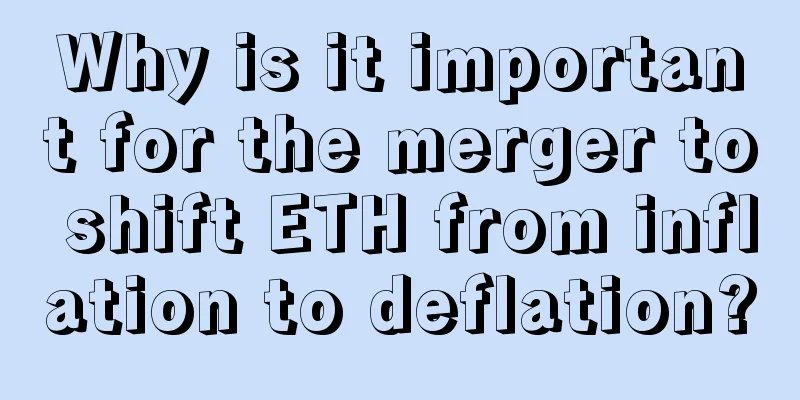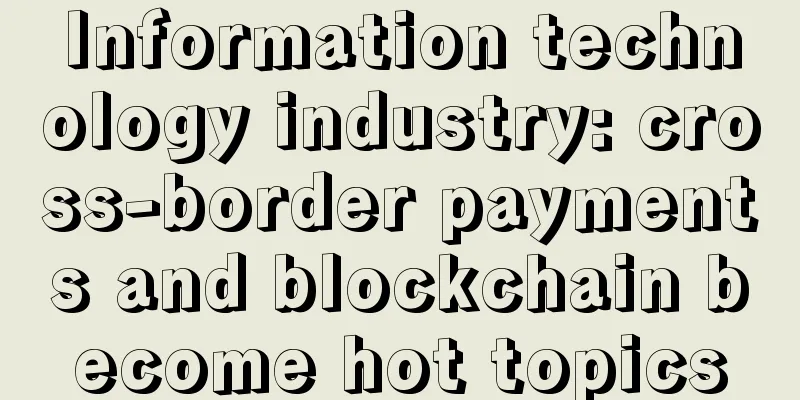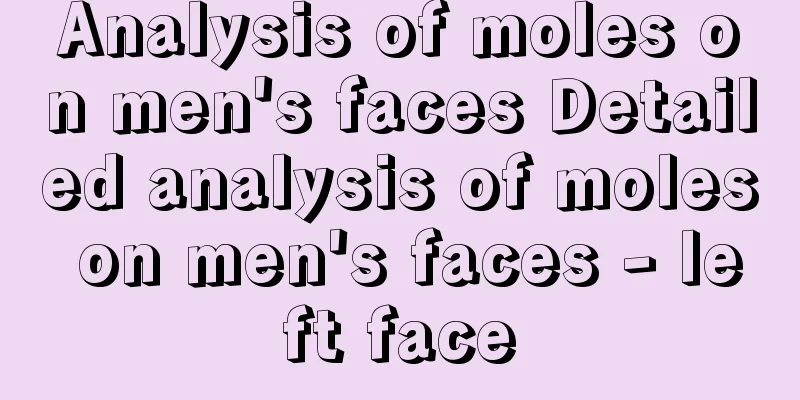Why is it important for the merger to shift ETH from inflation to deflation?

|
After the merger, ETH's net issuance turned from positive to negative. The reduction in the total supply of tokens will create deflationary pressure and have a lasting positive price impact. Traditionally, tokens with a fixed maximum supply are called deflationary tokens. All others are called inflationary tokens. Ether (ETH) has no maximum supply, so by this simple definition it is inflationary. But after this week’s merger, is it still inflationary? If ETH burns more tokens than it issues, then it actually has deflationary pressure. Below are statistics on the approximate amount of ETH issued each day (source: Ethereum[1] and Watch The Burn[2]). Before the merger, ETH had been burning an average of 6,700 per day over the past year since the London hard fork (EIP-1559) on August 5, 2021, less than the 14,600 issued, so the net token supply had been increasing. After the merger, there will be no more mining rewards: Combined, 6700 destroyed is greater than 1600 issued. The net total supply of ETH is decreasing. This doesn’t feel like an “inflation token” anymore. Therefore, an “inflation token” with no maximum supply under the traditional definition may actually have deflationary pressure. Perhaps the definition of inflationary and deflationary tokens needs to be updated. Redefining inflation and deflation tokens The maximum token supply is just one factor in determining whether a token faces inflationary or deflationary pressures. A second, equally important factor is the predictability of circulating supply. The characteristics of inflation tokens are 1) There is no maximum token supply, and 2) the circulating supply increases. The characteristics of deflationary tokens are 1) a fixed maximum token supply, and 2) a predictable and/or continually decreasing circulating supply. Coins that do not meet these two criteria are not definitively inflationary or deflationary. Some investigation is needed, or they may not fit into either category. Let’s look at some examples. Memecoins perform better when they have a maximum supply Memecoins are instructive in analyzing the largest token supplies because they have almost no fundamentals. In theory, those with the largest token supplies should fare better. Let's see if this works out. Of the 90 meme tokens tracked by Coingecko, 68% of the top 50 meme tokens have set a maximum token supply. However, only 36% of the next 40 tokens have done so. This validates our theory. Interestingly, Dogecoin is the largest meme coin, but it does not have a maximum supply. When it launched in 2013, it had a maximum supply of 100B coins, only to be removed later. Having the largest supply of coins would definitely help, especially in the early days. Inflation Tokens Terra Classic is a perfect example of a hyperinflationary coin. During the multi-billion dollar UST and LUNA crash, LUNA’s token supply increased from 350 million to 6.5 trillion, with the predictable result of a price drop of over 99.9%. Interestingly, in order to revive it, LUNA was relaunched on a different chain from Terra Classic (LUNC). On September 1, 2022, Terra announced that it would reduce Terra Classic’s massive token supply by burning 1.2% of tokens on every transaction on the blockchain — like a 1.2% tax. In the following week, LUNC more than doubled in value. Deflationary Tokens Binance is an example of a token that has adopted a deflationary strategy. To date, they have destroyed 39 million BNB tokens, which is 19.5% of their maximum token supply of 200 million tokens. The BNB community aims to continue doing this[3] through a real-time programmatic destruction mechanism for each transaction until the supply is reduced to 100 million BNB tokens. In the words of their founder CZ: $BNB is deflationary. If you don't know what this means, then you lack the basic financial knowledge to acquire wealth. This is the truth, and it's time to learn. Ripple (XRP) also performs programmatic burns, but adds an additional deflationary mechanism. They lock 55B of their 100B total supply in a special escrow account to prove to the market that they will not release large amounts of tokens indiscriminately (like Terra did). They release a relatively predictable[4] portion each month, which adds stability and reinforces the deflationary characteristics of the token even as the circulating supply of the token continues to increase. According to a preliminary estimate by Messari[5]: "At the current burn rate, it would take the XRP Ledger 20 years to burn through what Ripple and its founders distribute every day." Ripple represents a good template for projects to manage their token supply. Suggestions for Web3 projects If you are creating a Web3 project or DAO — or evaluating one for investment, here are my recommendations for creating a deflationary token:
To make things easier for founders, EthSign[6] is building a token management platform called Tokentable that will enable Web3 projects and DAOs to manage the distribution of tokens to investors and employees. |
>>: What happened in the 24 hours after Ethereum switched to POS?
Recommend
Eyebrows can tell a person's marriage. Do people with hanging needle lines have unhappy marriages?
An unhappy marriage is undoubtedly something that...
Men with short wisdom lines have poor abilities
Is it good for a man to have a short wisdom line?...
What does Wu Qu Tan Lang in the life palace represent?
Wu Qu Star is the sixth of the Big Dipper and bel...
Is it good to have multiple forks in the career line? Is it bad to have multiple forks in the career line?
Career is the most important part of a person'...
Judging a person by the shape of his chin
Judging a person by the shape of his chin People ...
What is the fate of being born in 1963?
People born at different times have different des...
Before marrying a wife, you should look at her face. What kind of face is likely to make a woman a tigress after marriage?
In fact, everyone handles love and marriage diffe...
What does a mole on a man’s forehead mean? Is it good for a man to have a mole on his forehead?
There are many factors that affect people's d...
What does a mole on the inside of a finger mean? Is your destiny good or bad?
Moles not only appear on people’s faces but also ...
Detailed explanation of what the undereye eyes look like
Detailed explanation of what the undereye eyes lo...
What does Buffett, who opposes Bitcoin, think of Web 3.0?
At this year's "Spring Festival Gala of ...
Ethereum GAS fees are skyrocketing, miners are frantically buying high-end laptops for mining
In a word, the market seems to have reached the s...
How to predict marriage from eyebrows?
Marriage is very important for women. It can be s...
The U.S. Department of Defense plans to use blockchain to securely store data on highly confidential projects such as nuclear weapons
Blockchain technology has had a difficult time de...









